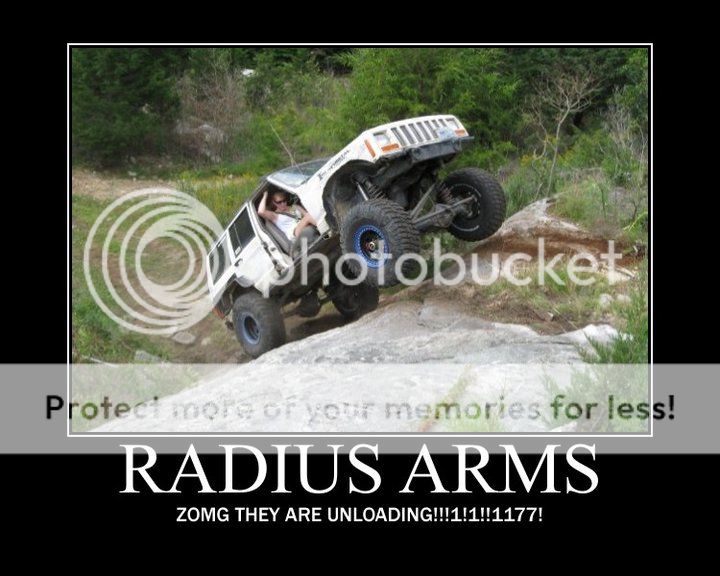Outlander560
NAXJA Forum User
- Location
- New York
I know Frank wouldn't do that but I was just wondering all the reading I've been doing says it's awful...but I think its fine...haven't been in a situation where it unloads or would be able to tell if it is actually unloading or just doing its think to be honest

